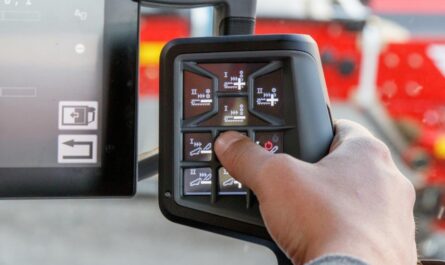
What is Photonics?
Photonics is the science and technology of generating, controlling, and detecting photons or light. At its core, photonics involves the emission, transmission, modulation, signal processing, switching, amplification, and detection of light. Photons are elementary particles, quantum packets of light that propagate at approximately 186,000 miles per second in a vacuum. The field of photonics has its foundation in quantum mechanics, electromagnetism, and materials science. Photonics plays a crucial role in our daily lives and has applications across several industries including healthcare, transportation, communications and information technology.
Applications of Photonics in Healthcare
Photonics enables major advances in healthcare diagnostics and treatments. Optical fibers are used to deliver light from lasers in many surgical and dermatological procedures. Fiber optic probes are utilized for endoscopy procedures to examine internal tissues and organs. Non-invasive optical techniques for monitoring blood flow and oxygen levels like pulse oximetry rely on photonic principles. Photodynamic therapy utilizes lasers activated photosensitizing drugs to destroy cancerous cells. Optical coherence tomography scans with infrared light provide cross-sectional images of internal body tissues. Advancements in ultrafast lasers enable precision ophthalmic surgeries with minimal collateral damage. Fluorescence based imaging technologies allow early diagnosis of diseases at cellular and molecular levels.
Role of Photonics in Manufacturing and Automation
Manufacturing processes across industries extensively utilize light and lasers for precision material processing applications. Lasers enable intricate cutting, welding, marking and surface modification operations. Lasers are commonly employed for drilling small holes, scribing silicon wafers for integrated circuits, trimming electrical components and medical device manufacturing. Fiber optic sensors are used for measurements in many automated manufacturing systems. Optical and digital 3D imaging techniques aid in quality control and automated inspection. Photonic crystal displays enable flexible and lightweight screens for smart manufacturing equipment interfaces. Advancements in photonics support Industry 4.0 concepts like automation, flexibility, precision and intelligence in production environments.
Information and Communication Technologies driven by Photonics
Modern communication networks predominantly employ optical fibers to transmit vast amounts of data at terabit speeds over long distances with minimum loss of signal. Massive core networks depend on optical switching and routing devices for connectivity. Smartphones, laptops, computers extensively use optical components like camera modules, proximity sensors, IR communication ports. Photonic integrated circuits power high-speed parallel computing in data centers. Compact solid-state lighting modules replace conventional light bulbs. Holography technologies promise new horizons for data storage and interactive 3D displays. Advancing nanophotonics open new vistas for chip-scale photonic devices and advanced imaging capabilities. Future quantum technologies will harness properties of photons for exponentially faster computing and secure communication systems. Overall, photonics plays a crucial foundational role in enabling technologies of information and knowledge societies.
Photonics applications in the Transportation sector
Lasers play an important role in numerous transportation applications. Automotive manufacturers use lasers for welding of car bodies. Miniaturized lidar systems are rapidly transforming self-driving car navigation capabilities. Planes, helicopters and satellites employ lidar instruments for mapping and terrain sensing. Fiber optic gyroscopes provide highly accurate orientation and navigation data to vehicles and vessels. Optical communication systems facilitate broadband connectivity on moving platforms. Advanced materials research leverages photonics for lighter and more energy efficient vehicles of the future. Photonics based sensing helps improve safety, efficiency and autonomous operations across transportation modes on land, air and sea. Continued innovations in this space will pave the way for more sustainable mobility solutions globally.
Conclusion
To summarize, Photonics has firmly established itself as an important interdisciplinary field that influences many industries and technologies around us. Its applications range from healthcare diagnostics to high-performance computing, connectivity to manufacturing, transportation to renewable energy. The ongoing developments in materials, devices and systems are expected to greatly enhance our quality of life. Photonics will keep revolutionizing established domains as well as enable entirely new paradigms in science, engineering and innovation. With its diverse benefits, photonics is surely shaping the technology landscape of both present and future.
*Note:
1. Source: Coherent Market Insights, Public sources, Desk research
2. We have leveraged AI tools to mine information and compile it



